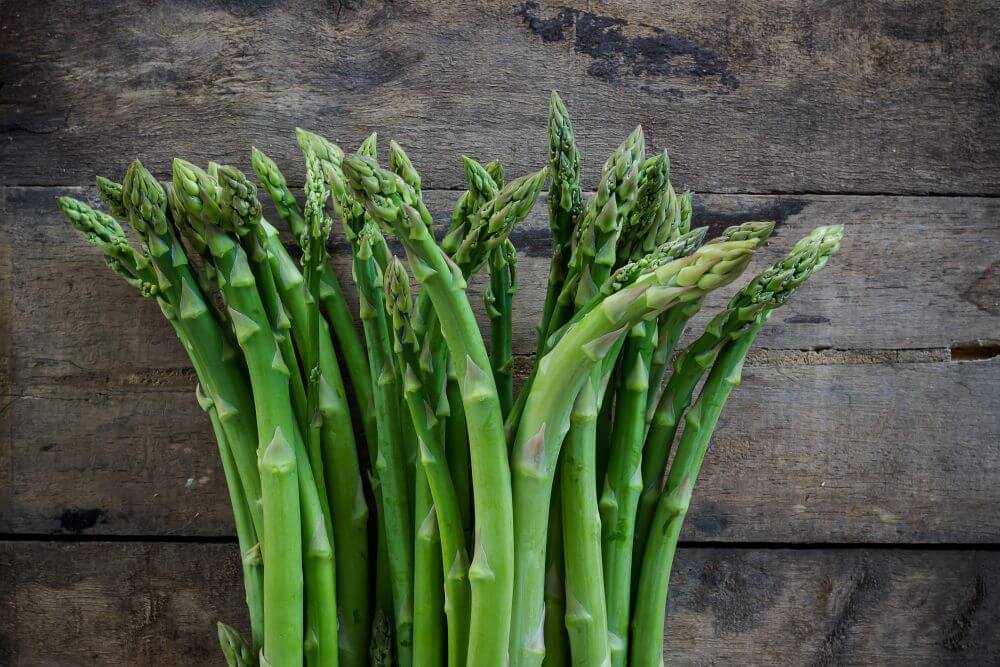Everything you need to know about asparagus

For many Kiwis the first asparagus spears in the supermarket are a sign that summer is just around the corner.
As asparagus only has a short season each year (from late September to December), you’ll want to eat as much as possible while you still can.
Because it is a delicate vegetable, take a little extra care when it comes to storing and preparing it. Here’s what you need to know.
Use it quickly
Use asparagus within a couple of days of buying it. Fresh asparagus squeaks when the spears are gently rubbed together, while old asparagus is rubbery and doesn’t squeak.
Treat it like flowers

Asparagus needs to be kept moist to prevent it from going limp.
First of all, keep it in the fridge and either stand the spears in a jar or glass with a couple of centimeters of water in the bottom, or wrap a wet paper towel around the bottom of the stalks. Be careful not to damage the tips.
Has your asparagus has gone limp? Soak it in cold water to perk it up a bit.
To snap, or not to snap

Asparagus have tough woody ends that aren’t very appetising if they’re not cooked properly. While you can easily snap off the ends, it can often result in almost a quarter of the spear going to waste.
So what should you do?
If you are going to use the stalks in another dish (see our ideas below) then you can snap them off using your hands.
Are using the stalks not your cup of tea? Simply trim the very ends of the spears and then use a vegetable peeler to remove the tough outer skin. If the spears are thin they should not need to be peeled.
Get cooking
The beauty of asparagus is that it is very quick to cook. Cooked asparagus should be slightly tender, but not soft. Try blanching, steaming or roasting it. It is also great cooked on the BBQ.

Serve it on its own, in a salad or with a dab of butter, a drizzle of olive oil, lemon juice or some hollandaise.
If your asparagus has gone a bit limp use it in a soup, make it into a mousse or dip or add it to a quiche.
What to do with the stalks
While the bottoms of the stalks are tougher than the rest of the spear there are still things you can do with them.
– Slice them thinly and use them in a stir-fry or salad. If they are thick stalks, peel them.
– Make asparagus stalk pesto
– Use them in a soup or to flavour a stock.
– If pickling is your thing, try adding them next time you pickle vegetables.
– If you’re not going to eat them, throw them into your compost or bokashi.
Stash some in the freezer
Freezing asparagus is an easy way to create a stash for when the season is over.
To freeze, blanch the spears, dry and then free-flow freeze them on a baking tray. Once frozen, put them into an airtight container.
